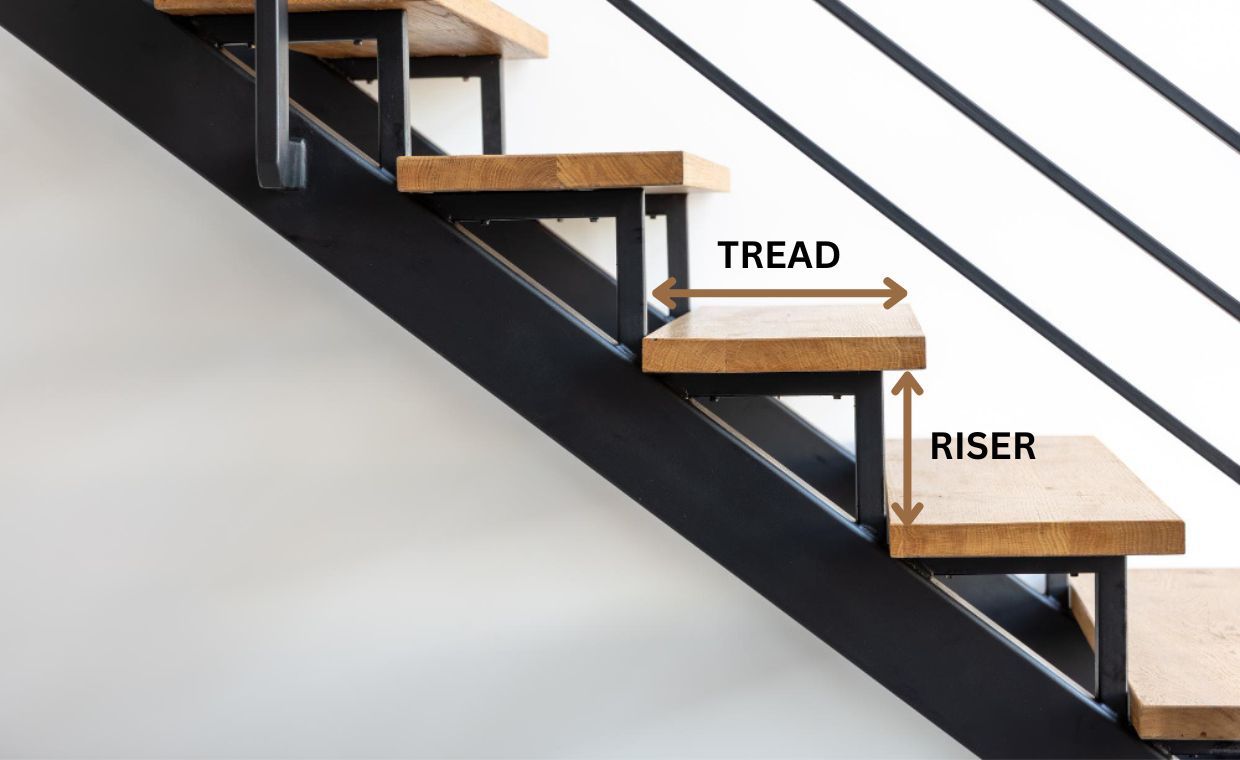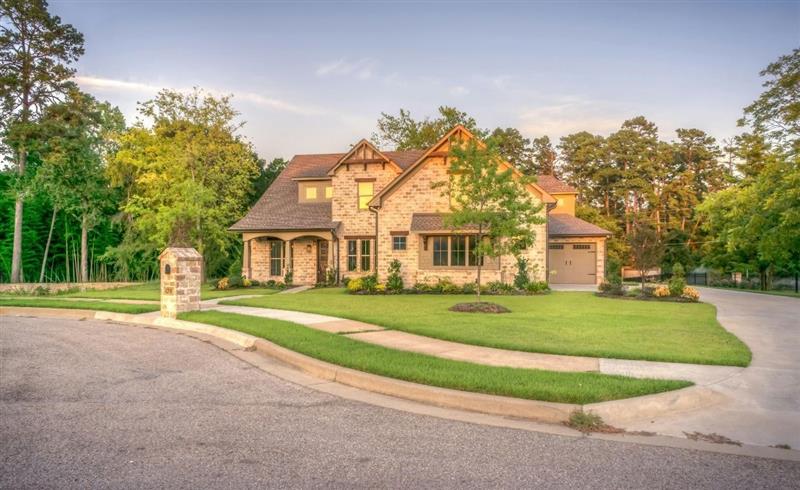Norman Foster, a prominent 1970s architect revolutionised the architectural landscape with his ground-breaking Willis Faber and Dumas Headquarters. He embraced high-tech design as a British modernist, creating a vision that pushed the frontiers of what was possible.
He founded Foster+Partners in 1967, fuelled by his inexhaustible imagination and attracting top minds to shape the future via avant-garde ideas. Furthermore, he became popular for his innovative building designs.
Early Life of Norman Foster
Born on June 1, 1935, famous architect Norman Foster hailed from the north of Stockport. Poverty cornered his family. His father was a machine painter and his mother worked in a local bakery. Due to their busy hours, his parents often left him in the care of neighbours and relatives. This widened the gap in their relationship.
Despite being a quiet and awkward kid, he became a Manchester Town Hall trainee and pursued architecture after exploring other careers.
Early Career of Architect Norman Foster
For a long time, airplanes were his hobby. He pursued this in 1953 when he completed his national service in the Royal Air Force. After returning to Manchester, he took jobs in other fields. He sought employment for the prospect of a company car with a salary of 1000 euros.
Instead of landing that job, he worked as an assistant to a contract manager at a local architecture firm. Here, the staff suggested he prepare a portfolio of drawings to advance to an architect’s level. Impressed by his drawing, the architect promoted him to the drawing department.

This stint laid the groundwork to pursue the field further. Soon after, he joined the School of Architecture and City Planning at the University of Manchester.
Foster worked through university by managing his studies and the many jobs he took up to fund it. His hard work paid off, as he received an award for a measured windmill drawing. Once he graduated, he won the Henry Fellowship that took him to the Yale School of Architecture, where he met Richard Rogers, who later became his business partner.
Later Life and Works of Architect Norman Foster

In 1963, Foster and Rogers formed a practice together, starting with a team of five individuals. Their first project, a cockpit with a minimalist glass bubble, set the tone for Foster’s future designs. In 1967, Foster and Wendy Cheesman split from the group to establish Foster Associates, marking the beginning of his collaboration with Richard Buckminster Fuller. Together, they created innovative designs like the Samuel Beckett Theatre at St Peter’s College, Oxford.
The practice was later renamed Foster + Partners in 1999 and took on notable projects such as London’s Stansted Airport, which received recognition and awards for its design. Foster also collaborated with artist Brian Clarke on stained glass artwork for the airport terminal, deviating from his usual high-tech aesthetic.
Foster gained a reputation for designing office buildings and created the iconic headquarters for the Hongkong and Shanghai Banking Corporation, known for its lightness and financial efficiency. His style evolved to embrace sharp-edged modernity, leading to projects like the world’s tallest bridge in Southern France and his collaboration with Steve Jobs on Apple Offices in 2009.
While Foster sold most of the company’s shares, he remains active and is involved in philanthropic endeavours. He is a board member of Article 25, an architectural charity focused on creating sustainable buildings in challenging regions. In May 2022, Foster announced his involvement in the reconstruction efforts in Ukraine, showcasing his commitment to humanitarian architecture.
Sir Norman Foster’s Architectural Triumphs: Reaching New Heights!

01. Stansted Airport’s Striking Terminal
A futuristic marvel celebrated as a beacon of high-tech architecture, it bagged the prestigious 1990 European Union Prize for Contemporary Architecture / Mies van der Rohe Award.
02. Millau Viaduct: A Skyward Wonder

Pushing the boundaries of engineering, Foster’s creation stands tall as the world’s tallest bridge, spanning the magnificent landscapes of southern France.
03. Shaping the Skyline

The iconic Hongkong and Shanghai Banking Corporation Building: An architectural gem that redefined the urban landscape, showcasing Foster’s visionary touch and elegance. Norman Foster’s architectural style stands out with sleek, modern lines, an emphasis on sustainability, and innovative use of technology and materials.
04. Collaborating with Steve Jobs
Uniting brilliance in design, Foster joined forces with the visionary Steve Jobs to craft innovative and inspiring Apple Offices, blending functionality and aesthetic finesse.
05. Empowering Communities: A Trustee’s Journey
Sir Norman Foster’s commitment shines through as he serves as a trustee at Article 25, contributing to the reconstruction of Ukraine and making a positive impact in challenging regions.
Awards Received by Architect Norman Foster
Foster received the Lynn S. Beedle Lifetime Achievement Award from the Council on Tall Buildings and Urban Habitat in 2007 as well. In 2012, he was one of the individuals whom artist Sir Peter Blake included to appear in a new version of his most famous artwork. He was also honoured with several other awards, such as the Aga Khan Award for Architecture and the Prince of Asturias Award in the category of Arts.
5 Iconic Buildings by Norman Foster
Below is a list of Works of Norman Foster:
- The Gherkin London, England
- City Hall, London
- Apple Park, US
- Canary Wharf Station London, England
- Commerzbank Tower Frankfurt, Germany
01. The Gherkin London, England

The Gherkin, London’s iconic skyscraper, is not only an unusual design, but it also leads the charge in energy efficiency, using half the energy of normal buildings. Six thin shafts rise beautifully, acting as chimneys that pull in heated air throughout the summer, providing cool relief. They change into snug havens in the winter, giving warmth and comfort against the cold.
The shafts bring in natural light and make the work environment lively. Most skyscrapers have lifts that reach the topmost level, which was not workable for the Gherkin, as there was a special bar space and restaurant, designed for the dome. Hence, the lift stops at the 34th floor, and the upper floors connect through a marble stairwell, a disabled person’s lift, and a push-from-below lift.
02. City Hall, London

Situated in the Southwark region of London, City Hall was the headquarters of the Greater London Authority between July 2002 and December 2021. The shape of the building might seem unusual, but it serves the purpose of improving the energy efficiency of the building. A 500-metre helical walkway connects all ten floors of the building.
The top of the structure holds an exhibition space with an open viewing deck that is open to the public. The majestic walkway gives an entire view of the interiors. In 2006, the London Climate Change Agency fixed photovoltaic cells on the building.
03. Apple Park, US

Apple Inc.’s famous headquarters is popularly known as “the spaceship” due to its unusual design. This amazing complex, with its four-story circular structure encompassing 0.26 square kilometers, is home to nearly 12,000 bright brains.
Originally unplanned, the design features open walkways occupying the inner and outer rims. Divided into eight buildings, it encompasses nine mini-atria and spans seven floors, with four above ground and three below. With a diameter of 461 meters, parking and roads are cleverly concealed underground. The extensive use of glass on vertical surfaces floods the space with light and panoramic views, embracing the curved surface from both sides.
04. Canary Wharf Station London, England

The Canary Wharf station, part of the Jubilee Line Subway, is a popular London station with a high-tech aesthetic design. It features glass domes for natural light and a high-tech aesthetic, connecting the outdoors to the interiors and providing illumination at night. The design aims to reduce traffic pressure.
05. Commerzbank Tower Frankfurt, Germany

The 56-story Commerzbank Tower reaches 300.1 metres, showcasing its eco-friendly design. Constructed with steel and equipped with sustainable technologies, this magnificent skyscraper reduces energy consumption. Sky gardens bring nature into the mix, creating a harmonious blend of greenery and architectural splendour.
The structure is a 60-metre-wide equilateral triangle structure with a central atrium that opens to form nine levels of open-sky gardens that bring in daylight and give access to natural ventilation, reducing the need for artificial appliances.
Norman Foster buildings are renowned for their cutting-edge design, sustainability, and innovative use of materials, making them landmarks in modern architecture.
5 Things You Didn’t Know About Architect Norman Foster
01. Knighted in 1990: Sir Norman Foster’s Honor
In 1990, Foster received a knighthood and the title “Sir,” and later the Order of Merit, becoming the “Baron Foster of Thames Bank, of Reddish in Greater Manchester.”
02. Unconventional Inspirations: Fueling Sir Norman Foster’s Vision
According to Foster, inspiration for architecture should come from all walks of life. He also points out that many elements get added to the architecture because it is treated as fine art. He explains how his learnings from a plane or steelwork can be an inspiration to create structures.
03. Been on the Cover of An Iconic Album
Artist Sir Peter Blake, recognising Foster’s architectural contributions, designed the iconic album cover of the Beatles’ Sgt. Pepper’s Lonely-Hearts Club Band, featuring him alongside other cultural figures like Amy Winehouse, Kate Moss, Tracey Emin, Damien Hirst, and Eric Clapton.
04. Designer of the World’s Tallest Bridge
Foster designed the world’s tallest bridge Millau Viaduct, along with French structural engineer Michel Virlogeux. This bridge stretched across the George Valley of the Tarn near Millau in southern France. Its height measures up to 336.4 meters and is still the tallest of all bridges.
05. Sir Norman Foster’s Pinnacle of Luxury Office Design
The Hong Kong Bank tasked Foster with creating the best building in the world in 1985. Although it being the best building is debatable, it turned out to be the most expensive office building in the world. It came to be around $500 million and after its completion, the price went up to a staggering $1.3 billion.
Norman Foster’s journey has been nothing short of remarkable. From humble beginnings, he rose to become an iconic figure, leaving an indelible mark on the architectural landscape. With his visionary approach and commitment to pushing boundaries, Foster established Foster+Partners, attracting the brightest minds in the industry. Throughout his career, he created groundbreaking designs, from the energy-efficient Gherkin in London to the awe-inspiring Millau Viaduct in France.
Collaborating with Steve Jobs, he played a pivotal role in shaping Apple’s iconic headquarters. Beyond his architectural triumphs, Foster’s dedication to philanthropy and humanitarian efforts, including assisting in the reconstruction of Ukraine, further exemplifies his commitment to empowering communities. Norman Foster’s contributions have earned him numerous accolades and a legacy as one of the most influential and celebrated architects of our time. One of the renowned architects Norman Foster is celebrated for his innovative and iconic designs that have shaped modern architecture worldwide.
Also Read: Glance Over Architectural Styles through the Ages
Image Courtesy: Image 1, Image 2, Image 3, Image 4, Image 5, Image 6, Image 7, Image 8, Image 9, Image 10, Image 11
Author Bio
Saili Sawantt – She is an Architect and Interior Designer by profession. Writing is what she treats as her passion. She has worked as an Architectural Writer, Editor, and Journalist for various design as well as digital portals, both national and international. Formerly she has also worked with Godrej Properties Limited (GPL) Design Studio, Mumbai, due to her keen interested in learning about Sustainability and Green buildings. Apart from this, she runs her blog ‘The Reader’s Express’ and is a practicing Architect & Interior Designer.






























